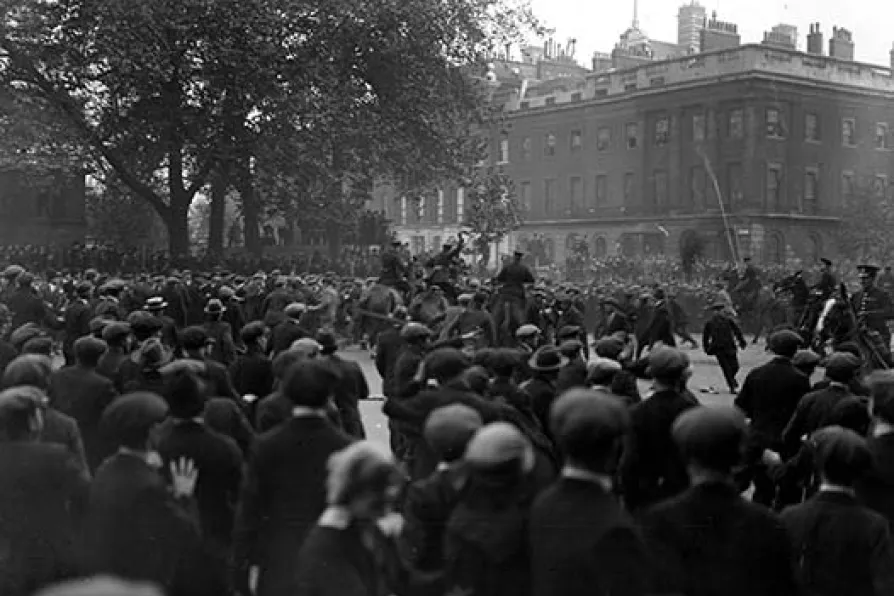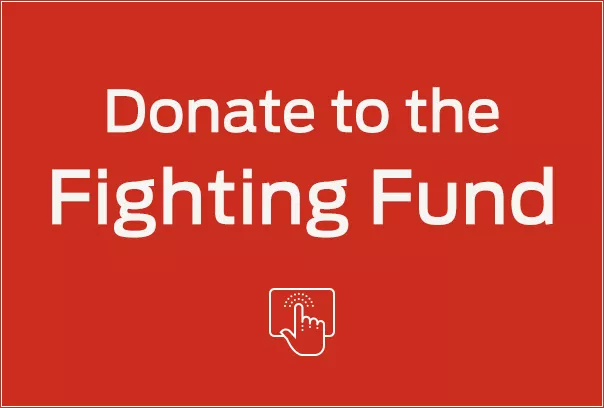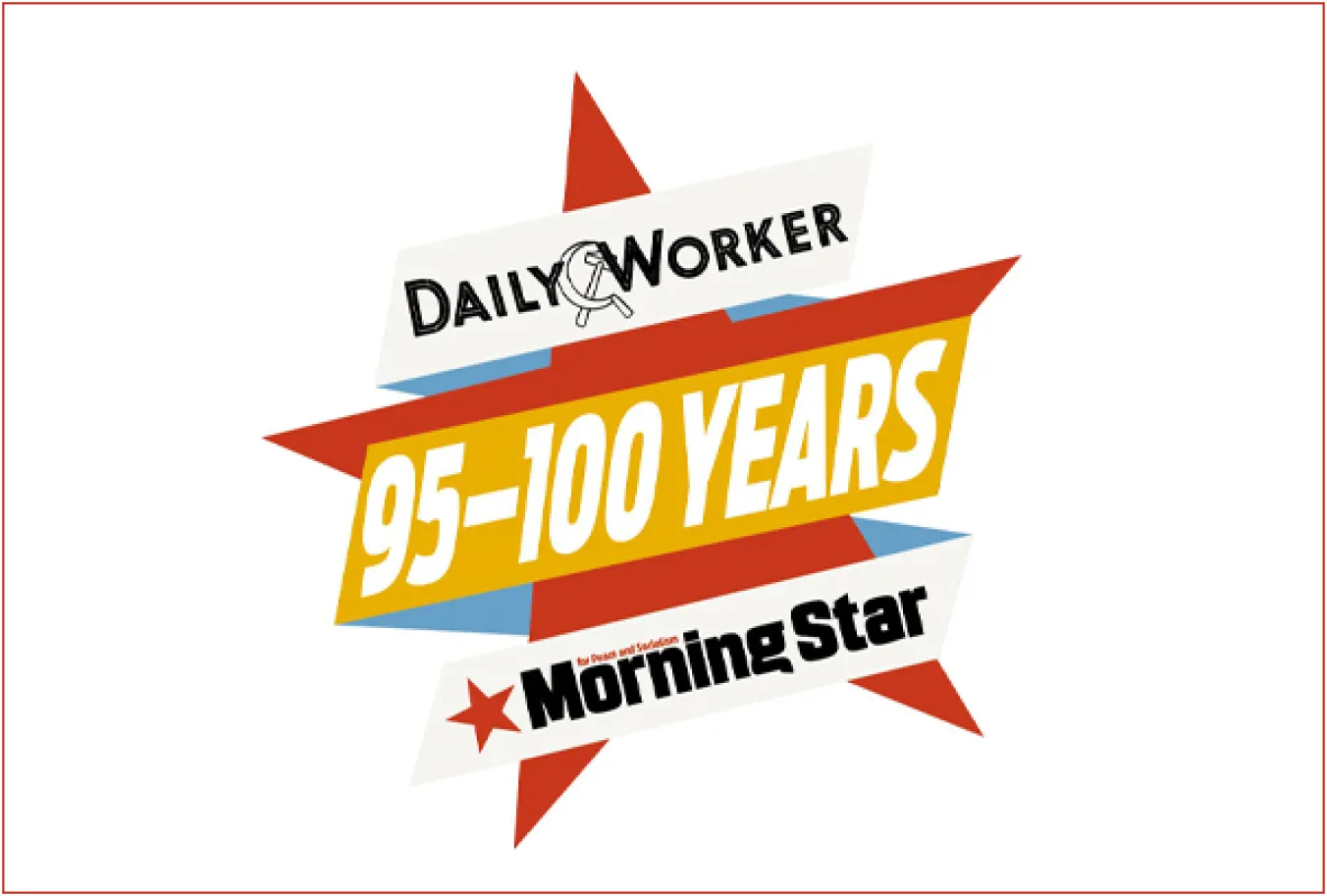The argument for a “significant expansion” of nuclear power will deliver soaring electricity prices that condemn underserved communities to unending hardship and poverty, argues LINDA PENTZ GUNTER
MAT COWARD looks back at a protest 105 years ago this month, whose reporting by the media bears uncomfortable similarities with demos today

 The Downing Street Riot of 1920
The Downing Street Riot of 1920
THE Downing Street Riot sounds like a scandal from the Boris Johnson era, probably involving cocaine and strippers. Some newspaper reports at the time instead described the events of October 18 1920 as the Battle of Downing Street, apparently forgetting that this title had already been claimed 10 years earlier.
A newspaper in California reckoned it was “Worst Riot In History Of London,” when in fact it wouldn’t even have made the longlist for that coveted award. The Daily Sketch, in calmer mood, headlined its front page with “The Unemployed: a Downing Street Scuffle.” Now, that sounds like a 10cc song.
But whatever it was called, it was certainly quite a lively do: 150 windows smashed, the magistrates’ court heard the next day, two of No Ten’s parapets destroyed, scores of injuries on both sides, and many arrests.
Unemployment after World War I was very high, and welfare provision was very low. Of the millions released from military service and hailed by politicians and press as returning heroes, a large proportion had by 1920 no work, slum housing and scarcely enough food to feed their children let alone themselves.
Overcrowding caused by the housing shortage was so chronic, it was said that “every room in the working man’s house is full except the larder.”
Marching alongside trade union activists and political agitators, ex-servicemen were for a while among the most militant sections of British society. Desperate and angry, many of them felt they had little left to lose in any fight with the authorities.
This demonstration began with more than 20,000 people rallying on the Embankment, while a delegation of Labour mayors of London boroughs (led by future prime minister Major Attlee) went to lobby the PM inside 10 Downing Street. Many of the marchers, however, were not content to wait for their leaders to re-emerge and decided to reinforce the lobby by protesting in Downing Street itself.
There — according to a now-archaic phrase which appeared in several press reports — “some of the men rashly tried conclusions with the police.”
Most eyewitness accounts suggest the situation was rather less one-sided than that: the unemployed were determined to reach No 10, and the police were determined to clear them out of Downing Street.
One of the oddest features of that long afternoon was the bloke who rode bareback through the police lines on a grey horse, until a copper managed to pull him from his mount and arrest him.
In court the next day, Edward Cannadine (19), a packing case maker, denied shouting “Come on boys, we will get through them,” as alleged by the arresting officer, and explained that the horse was his own and that he had taken it out for a little exercise when, hearing the noise from Downing Street, he became curious and went to see what was what.
Unfortunately, the horse objected to being petted by members of the crowd, and startled. Edward was fined 40 shillings.
William MacGillivray got two months with hard labour for striking a policeman with his umbrella, though he rejected the claim that he’d been using “filthy language in an Irish brogue,” on the grounds that he was in fact Scottish. He had tried to hit the copper with a brolly, he admitted, but “Fortunately or unfortunately I missed him and struck the horse.”
Much of the violence of the day was less amusing. Mounted police with batons drawn repeatedly charged the protesters, who retaliated with stones and broken bottles. Some police were dragged from their horses and riderless animals running wild added to the chaos and the injuries.
At the far end of the street a makeshift casualty station was established, and a steady flow of ambulances ferried the more serious cases to local hospitals.
At the height of the battle, “a daring patrol” of mounted police — using their horses and batons “to some purpose,” as one paper noted approvingly — succeeded in seizing the Poplar delegation’s red flag, and taking it behind their own lines.
Media coverage then was in many ways similar to what we’re familiar with today. The police “responded gallantly,” while their opponents eventually “ran like a party of rats.” The unrest wasn’t caused by the genuine unemployed ex-servicemen (who of course everyone sympathises with in these difficult times), but by outsiders.
Specifically, eagle-eyed journalists had noticed “a party of extremists in the centre of the crowd, who urged them on to excesses, but took particular care to keep out of harm’s way themselves.”
Even worse, many of those causing the trouble “were obviously foreigners.” One paper spelled that out, just in case the dog-whistles were too subtle: the rioters “were nearly all hangers-on of the hooligan and East End foreigner type, who were using the demonstration as a cover for lawlessness.” The East End of London at that time held large concentrations of Jewish and Irish people.
A sympathetic socialist newspaper noted that the marchers “only ask for the right to live, instead of the fight to live,” and a few months later that struggle was given form by the founding of the National Unemployed Workers’ Movement.
You can sign up for Mat Coward’s Rebel Britannia Substack at www.rebelbrit.substack.com for more strange strikes, peculiar protests, bizarre boycotts, unusual uprisings and different demos.










